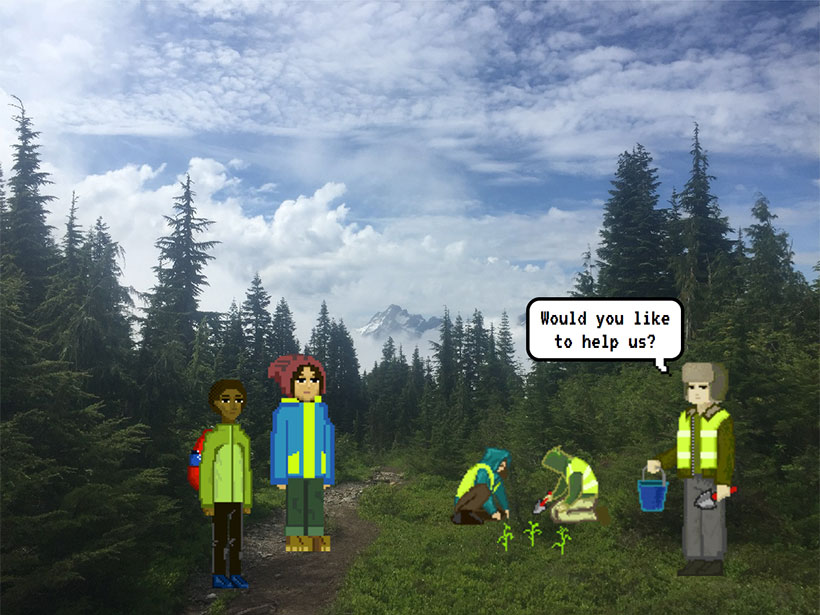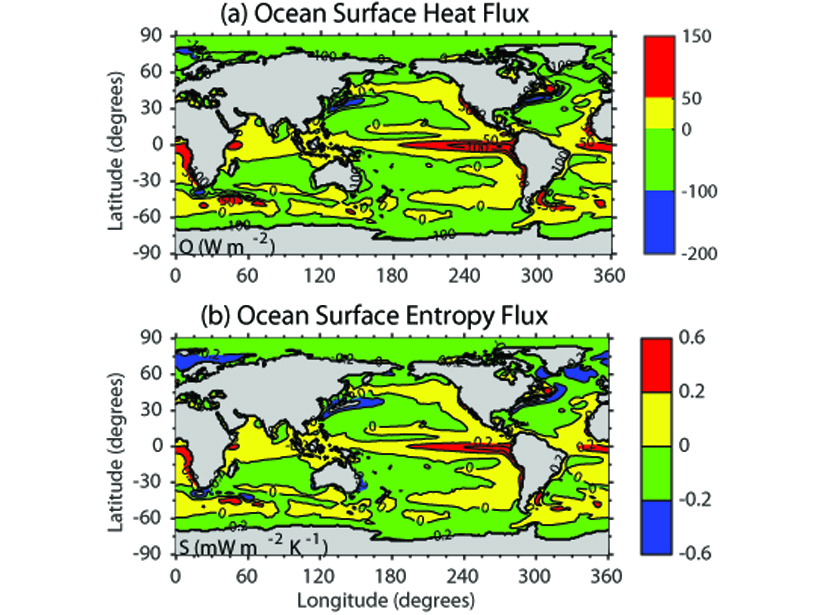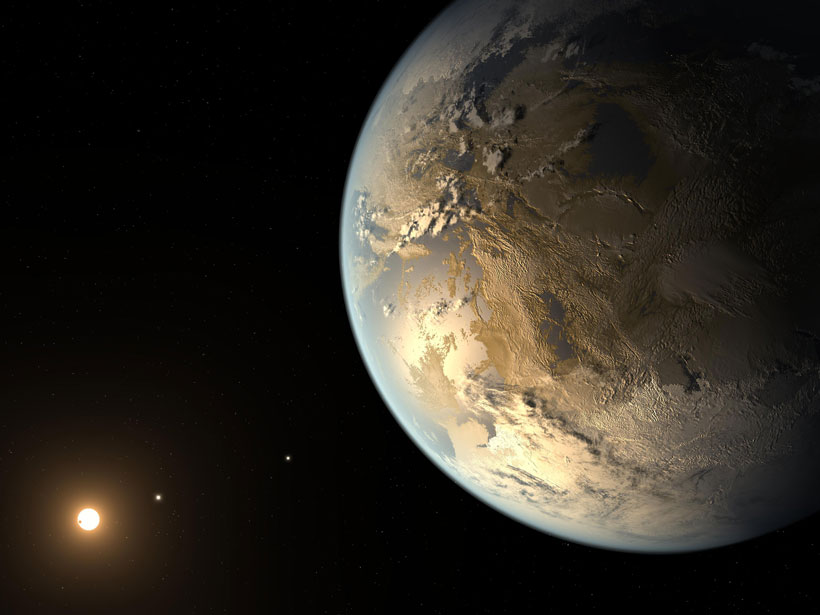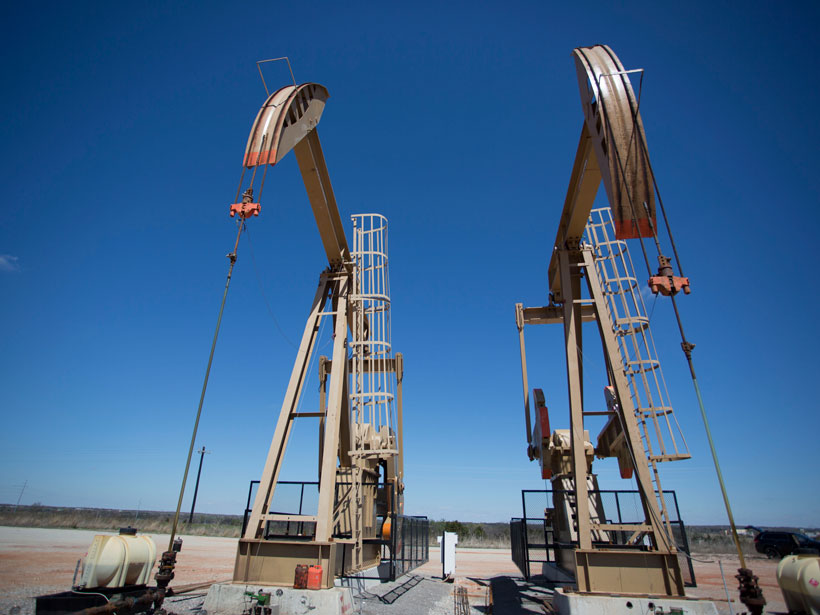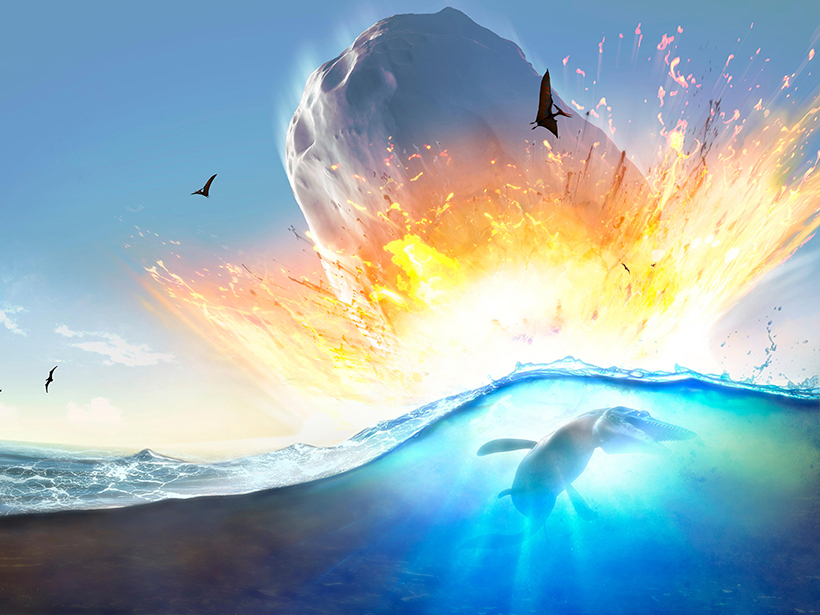Learn geoscience and have fun while doing it. For 1+ players. Good for all ages.
CC BY-NC-ND 2018
A Comprehensive Estimate on the Entropy Budget in the Ocean
An analysis of the energy budget in the ocean estimates the Carnot work to be 110 terawatts and the ocean’s Carnot efficiency to be 0.86%.
Exoplanet Strategy Promotes Big Missions, Individual Science
Collaborative and interdisciplinary research will be key to realizing the missions’ full potential, according to the exoplanet strategy report.
Catching Oklahoma’s Tiny Tremors in the Act
Scientists map thousands of microearthquakes in Oklahoma to take a closer look at the seismic effects of wastewater injection following oil and gas operations.
Nicklas G. Pisias Receives 2018 Maurice Ewing Medal
Nicklas G. Pisias was awarded the 2018 Maurice Ewing Medal at the AGU Fall Meeting Honors Ceremony, held on 12 December 2018 in Washington, D. C. The medal is for “significant original contributions to the ocean sciences.”
Obama’s Science Adviser Rails Against Trump’s Climate Policies
John Holdren tells Eos that strong measures still could help avoid the most catastrophic damages from climate change.
Huge Global Tsunami Followed Dinosaur-Killing Asteroid Impact
The cataclysmic Chicxulub impact roughly 66 million years ago spawned a tsunami that produced wave heights of several meters in distant waters, new simulations suggest.
Philip England Receives 2018 Walter H. Bucher Medal
Philip England was awarded the 2018 Walter H. Bucher Medal at the AGU Fall Meeting Honors Ceremony, held on 12 December 2018 in Washington, D. C. The medal is for “original contributions to the basic knowledge of the crust and lithosphere.”
First Multi-Decade Simulation of the Earth’s Radiation Belt
A new simulation of the Earth’s electron radiation belts captures large-scale variations over nearly three solar cycles, and replicates primary cyclical features and extreme behaviors.
Coral Reef Video Game Will Help Create Global Database
Players dive off a research boat, identify and classify coral reefs using satellite and drone images, and bring marine life back to reefs. In doing so, they help scientists teach a machine to learn.

